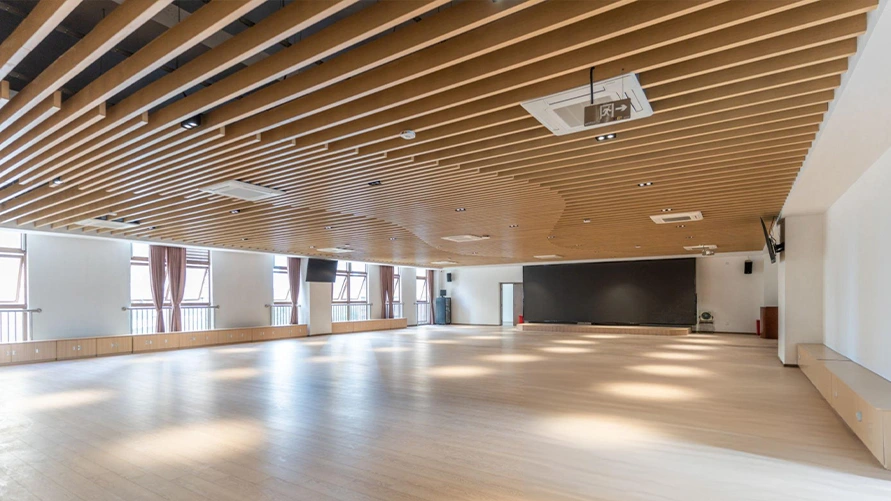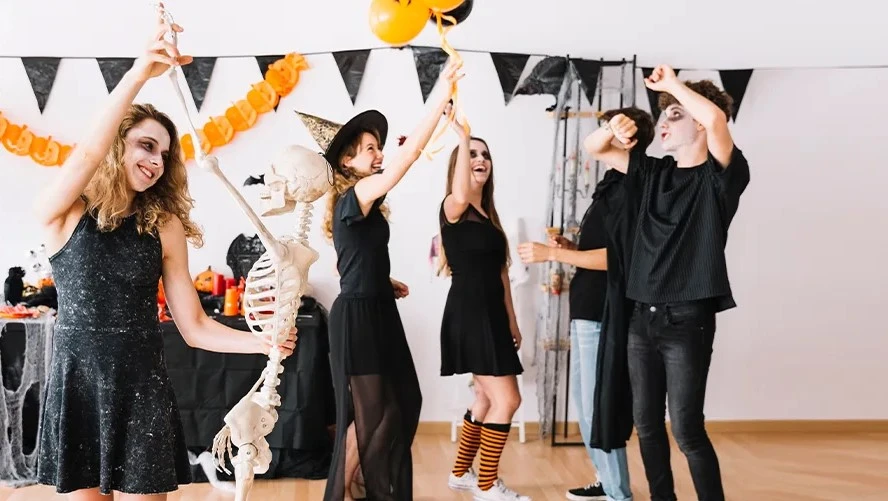Every dance studio owner knows how exciting it is to see new faces signing up for classes. But growth doesn’t come from more students walking in the door; it comes from keeping the ones you already have. Ignoring retention is one of the biggest reasons that’s killing your dance studio growth.
Retention is what keeps your classes full, your schedule stable, and your business profitable year after year. When your students stay, you build a community, not just a client list. Here’s how to make that happen, not with gimmicks, but with strategies that actually work inside real dance studios.
1. Build personal connections, not just attendance lists
People stay where they feel known. Remembering a student’s name, goal, or favorite style goes further than a free trial ever will. When someone feels like part of your dance family, they will think twice before quitting.
If you run a kids’ studio, learn the parents’ names too. For adults, celebrate small wins like “you finally nailed that pirouette”. These little interactions make your studio feel personal, and that’s what keeps students coming back week after week.
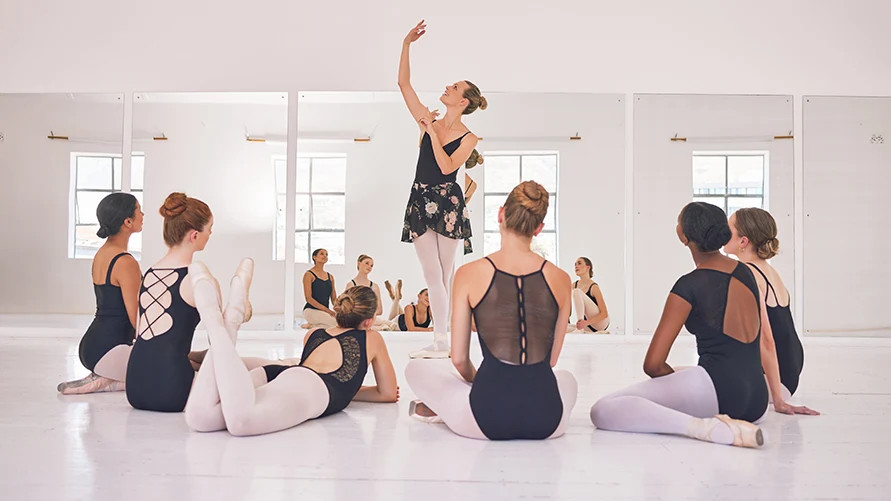
2. Track attendance like it matters (because it does)
You can’t fix what you don’t track. A student who misses two or three classes in a row is usually halfway out the door. Most modern dance studio management software can automatically flag absences. Use that feature. When someone misses a few sessions, send a quick text:
Hey, we miss you in class. Everything okay?
That single message can save dozens of dropouts a year. It’s not salesy; it’s caring, and students feel that.
3. Show them their progress
Retention drops when students stop feeling improvement. The best studios make progress visible.
Break your classes into skill levels or goals, from beginner ballet basics to advanced performance teams. Give students milestones to hit and celebrate them, even if it’s just a certificate or a social media shoutout.
When dancers see how far they have come, they don’t want to leave before reaching the next level.
4. Keep parents in the loop
If you teach kids, remember this: parents are your real decision-makers. They renew the memberships, handle payments, and decide which hobbies stay or go.
Keep them updated with short progress reports, recital photos, and newsletters. Invite them to watch days or “Parent & Me” sessions. When parents feel connected to your studio, they’ll happily keep their child enrolled and even bring their siblings next season.
5. Refresh your class structure regularly
The fastest way to lose students? Boredom. If your routines never change or classes feel repetitive, students start to fade out mentally before they cancel physically. Add themed weeks, choreography challenges, or special workshops with guest instructors. These little surprises keep the experiences fresh and exciting.
Bonus: they make great marketing content, too. Post your theme nights on social media; it helps retention and visibility.
6. Simplify your payment process
Retention isn’t just emotional; it’s logistical, too.
Late payments, manual invoicing, and awkward reminders can sour the best student experience. Switch to automated dance studio billing software and mobile payments in your system. It makes life easier for both you and your students.
When payments happen smoothly, there’s no reason for anyone to “take a break” just because an invoice gets missed. Also, increase your revenue streams with these revenue boosting ideas for your dance studio.
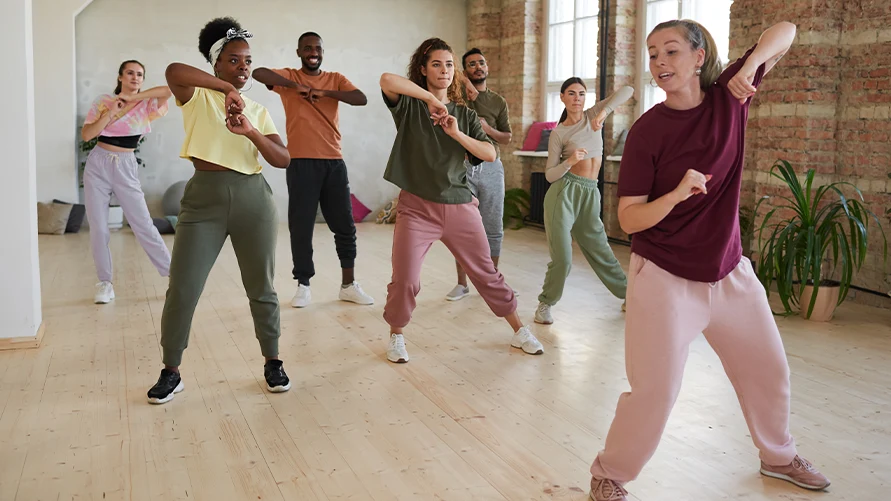
7. Build a community beyond class hours
The studios with the best retention rates are the ones that feel like a second home.
Organize social events like movie nights, potlucks, holiday showcases, or charity performances. Encourage older students to mentor younger ones. Create a private group chat or app community where students can share videos and achievements.
The tighter the community, the lower the churn. People don’t quit family.
8. Collect feedback and act on it
Don’t assume you know why students leave. Ask them.
Send out a short, anonymous survey every few months. Questions like ‘What do you enjoy most?’ or ‘What would make classes better?’ give you insight before problems turn into dropouts.
But feedback only matters if you respond to it. If multiple students mention timing issues or class overcrowding, fix it and tell them you did. That simple follow-up builds massive trust.
9. Recognize long-term loyalty
Everyone loves being appreciated, especially those who’ve been with you the longest.
Highlight loyal members in your newsletters or a wall of fame. Offer small rewards like discounts, studio merch, or early access to workshops. Recognition doesn’t have to cost much; it just has to be real.
When students feel valued, they’ll keep choosing your studio over cheaper or closer alternatives.
10. Let data guide your retention strategy
Finally, make your numbers work for you. Your dance studio software can show you trends, which classes retain students best, which teachers have fewer dropouts, and when cancellations spike during the year.
Use this data to make smart scheduling changes. If Monday hip-hop consistently has the lowest attendance, talk to the instructor or test a new time slot. Data keeps you proactive instead of reactive.
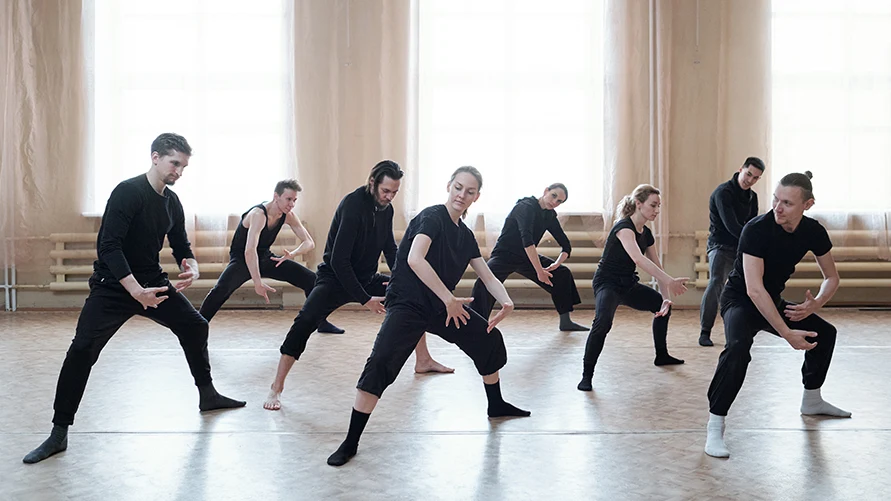
Why retention matters more than new leads
Getting new students is expensive, ads, open houses, free trials, the works. Retaining existing ones costs almost nothing and grows revenue faster.
Even a small lift in retention can materially increase profits; verify any exact figures before citing. And when your students stay longer, they buy more classes, attend more events, and bring in more referrals, all without extra marketing spend.
Wrap up
Keeping students is not about offering discounts or begging for renewals. It is about creating an experience that’s too good to leave. When your studio feels personal, your teachers care, your systems run smoothly, and your students see real progress, they’ll stay.
So, start small. Automate attendance alerts. Send one “missed you” message a week. Add one fun event a month. Do that consistently, and your retention rate will rise, not by chance, but by design.
